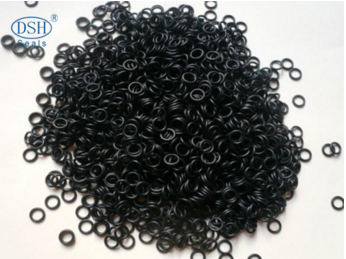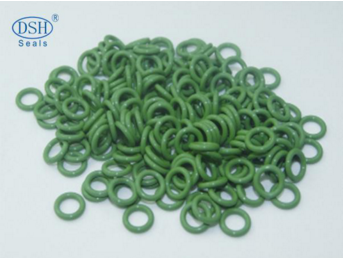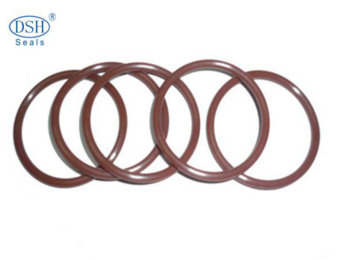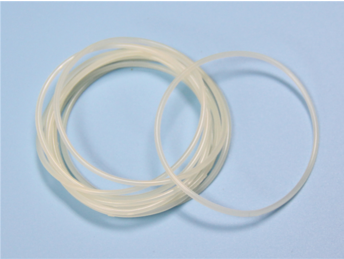Product Series
News
Structure features of reciprocating seal
Update:2018-06-08
Rubber O-rings are extrusion-type seals, and the basic working seal principle of extruded seals relies on the elastic deformation of the seals, which results in contact pressure at the contact surfaces of the seals. The contact pressure is greater than the sealed medium. The internal pressure will not leak, otherwise it will leak.
In order to ensure the formation of an effective sealing effect, the performance of the sealed material and the design of the sealing structure are crucial. For different types of sealing structures, the compression amount and the groove design of the O-ring are different.
O-ring seals in safety valves mainly include end static seals and reciprocating seals. Valve seat seals have different characteristics and structural designs.


The seal between the main valve disc and the guide bush of the pilot-type safety valve is a reciprocating seal. Since a poppet valve is a normally closed valve, the operating frequency is generally low and the motion cycle is short. In the normal working state, the axial position between the valve disc and the guide sleeve is an axial static seal.
Only when the safety valve is opened and closed, the reciprocating action be performed. When the safety valve is opened, the main valve flap moves upward. When the safety valve is closed, the main valve disc moves downward. Unlike the general mechanical reciprocating sealing, O-ring is compressed in the radial direction.


In order to ensure the initial sealing effect without affecting the performance of the valve, the groove design of the O-ring needs to consider controlling the amount of radial deformation.
The radial compression rate should be controlled within 10%-15%, and the roughness of the groove should be controlled below Ra0.8pm. When the high pressure is reciprocating, the O-ring can easily be squeezed out, and a retaining ring is installed.
